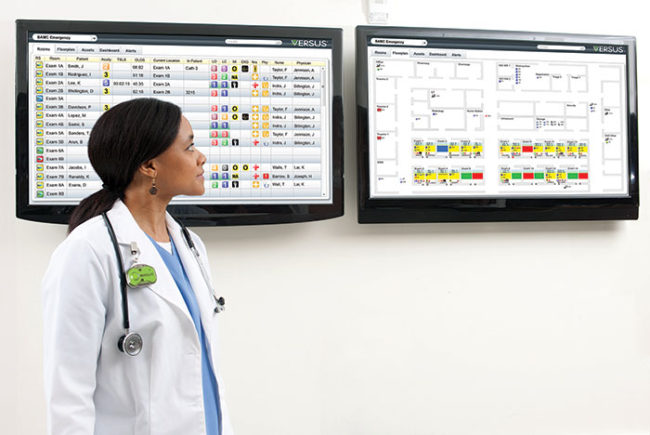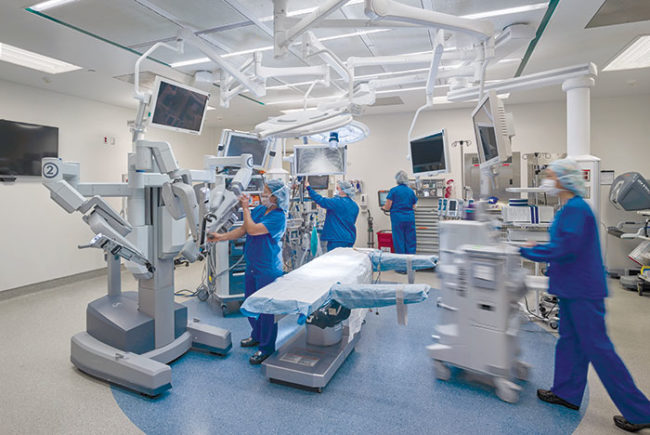The benefits of a real-time locating system (RTLS) are far-reaching. Health care systems have used them for everything from tracking clinical workflows to improving patient safety and recording hand-washing compliance among staff.
At Geisinger Health System in Danville, Pa., RTLS tracking bracelets are worn by patients as part of the system’s auto-discharge process. As soon as hospital staff remove a patient’s bracelet and drop it into a box, an alert is immediately sent to the environmental services department to set off the patient room-turnover process.
Trinitas Regional Medical Center, Elizabeth, N.J., uses the technology to improve patient and staff safety and has been able to dramatically reduce the amount of work days lost due to assault-related injuries. Nurses working in the medical center’s emergency department use the Visibility Staff Assist solution, in which nurses wear a personal badge with a button that can be pushed in cases of emergency. Once the button is pushed, it sends out the nurse’s exact location so help can be sent.
Other uses for RTLS reported among health facilities include keeping track of equipment and ensuring hand-hygiene compliance among care providers.
But for all of the upsides of using RTLS, Josh Kelly and Nikki Tuft, senior technology consultants at Mazzetti+GBA write that health care tends to lag behind other fields when it comes to RTLS adoption. For those interested in implementing a new system, Kelly and Tuft advise hospitals to do some pre- and post-planning before selecting the necessary hardware and software to keep a new system up and running. Here are five planning steps health systems should take before and after launch:
- Define which challenges to address, such as patient cycle time or room utilization.
- Gain user buy-in among staff prior to launch.
- Take baseline measurements before implementation.
- Monitor progress continually after implementation.
- Identify unintended bottlenecks resulting from the system.





